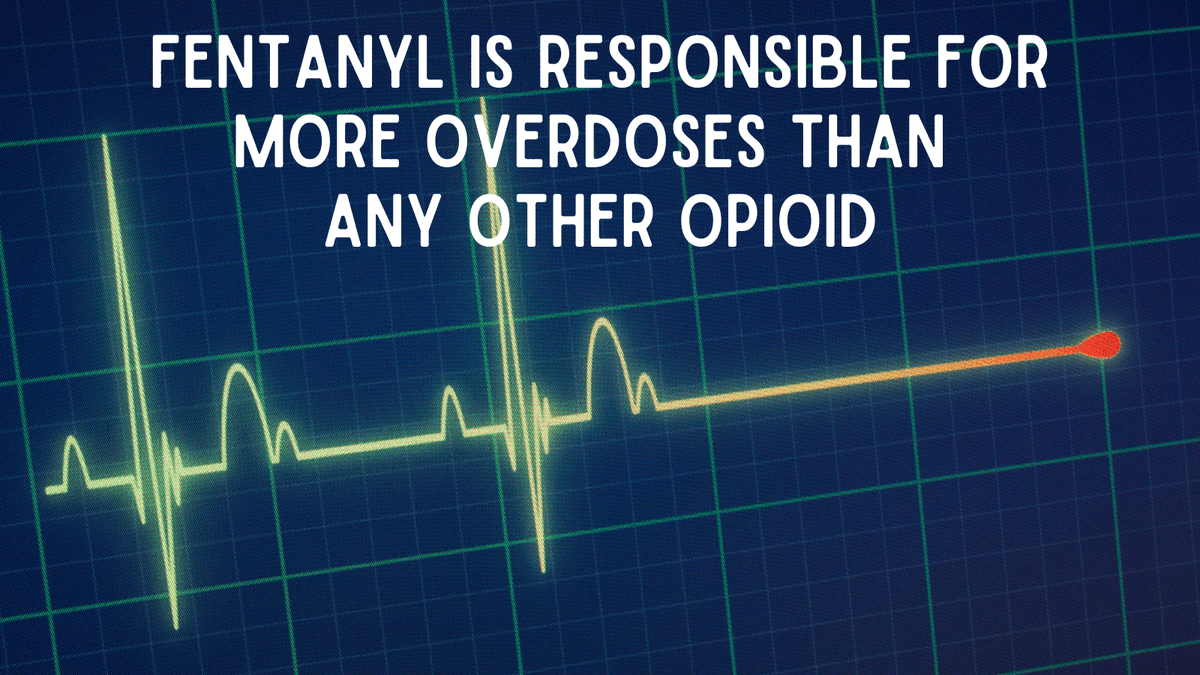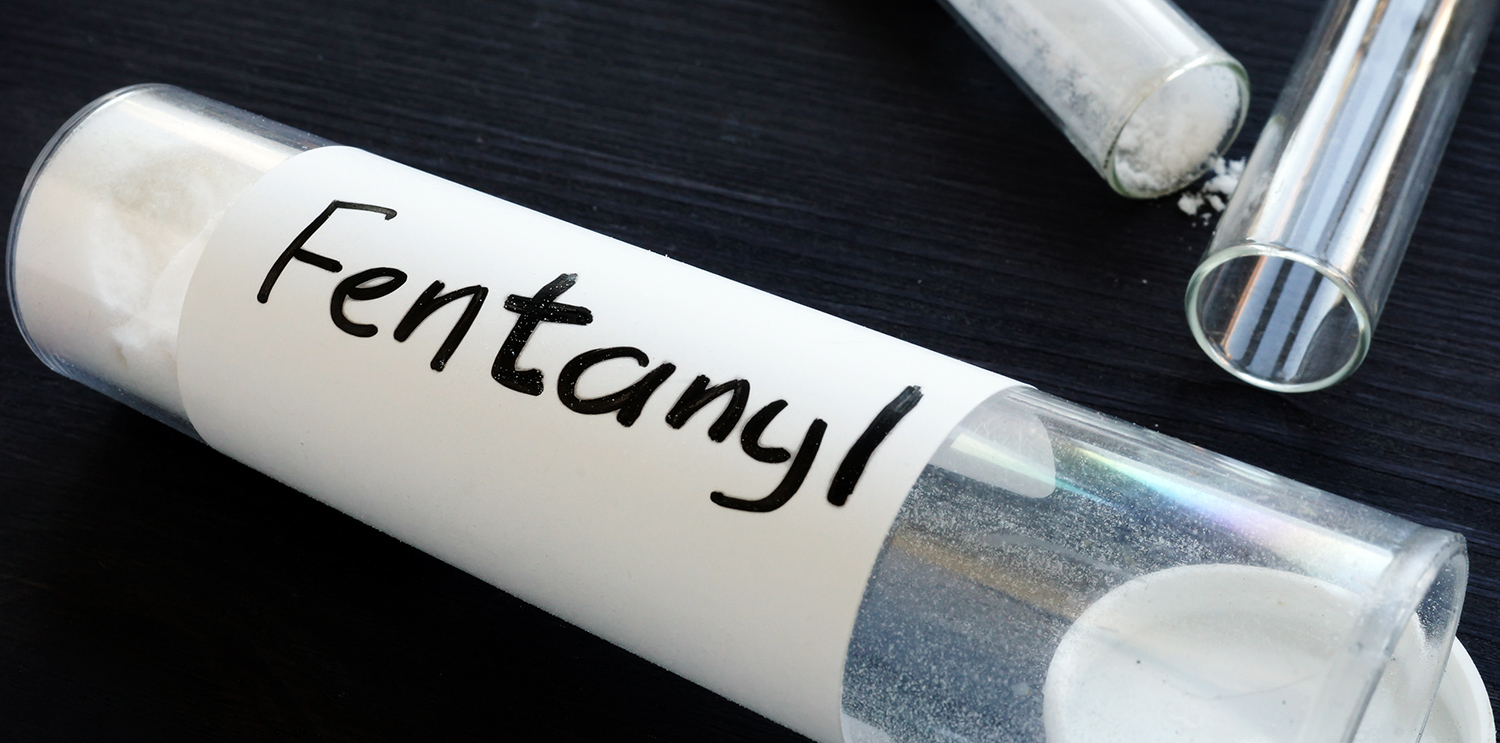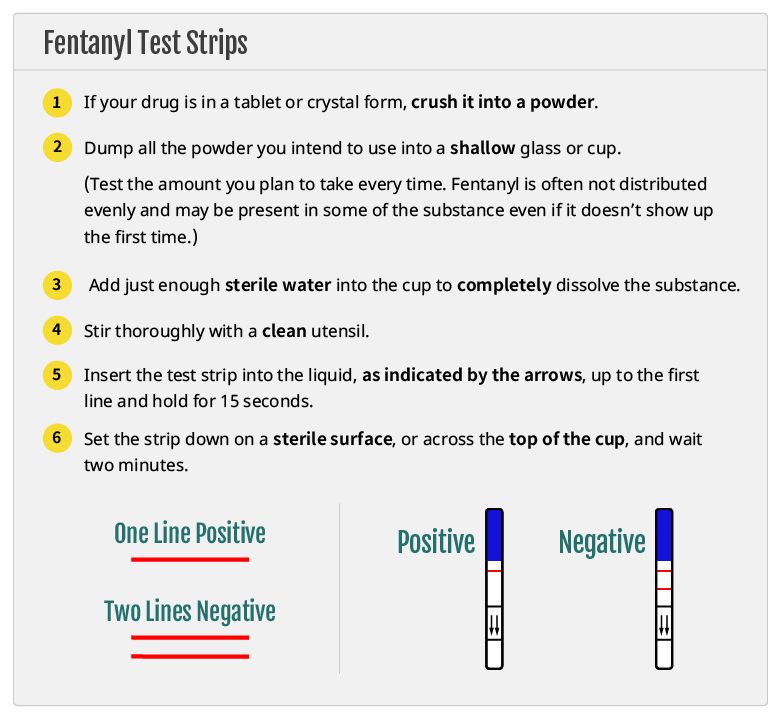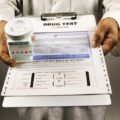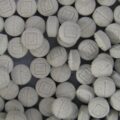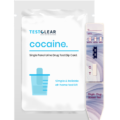Fentanyl is a powerful synthetic opioid that is similar to morphine but is 50 to 100 times more potent. Opioids are a class of drugs naturally found in the opium poppy plant. Some opioids are made from the plant directly, and others, like fentanyl, are made by scientists in labs using the same chemical structure (semi-synthetic or synthetic).
The illegally used fentanyl most often associated with recent overdoses is made in labs. This synthetic fentanyl is sold illegally as a powder, dropped onto blotter paper, put in eye droppers and nasal sprays, or made into pills that look like other prescription opioids.
Why Is Cocaine Laced With Fentanyl?
Some drug dealers are mixing fentanyl with other drugs, such as cocaine. This is because it takes very little to produce a high with fentanyl, making it a cheaper option. This is especially risky when people taking drugs don’t realize they might contain fentanyl as a cheap but dangerous additive. They might be taking stronger opioids than their bodies are used to and can be more likely to overdose.
According to the DEA, many users believe that they are purchasing cocaine and other illicit drugs but they are actually purchasing fentanyl – which often results in overdose deaths. A new University of Maryland study found Fentanyl tops the list of drugs detected in overdose patients at two Baltimore hospital emergency departments.
How does fentanyl affect the brain?
Like heroin, morphine, and other opioid drugs, fentanyl works by binding to the body’s opioid receptors, which are found in areas of the brain that control pain and emotions. After taking opioids many times, the brain adapts to the drug, diminishing its sensitivity, and making it hard to feel pleasure from anything besides the drug. When people become addicted, drug seeking and drug use take over their lives.
Addiction to Cocaine
Beyond fentanyl and its accompanying risk, cocaine stand-alone is a highly addictive drug, but it may be hard to recognize an addiction to it. Craving cocaine and ignoring the consequences that come with it are signs of an addiction. Psychological addiction is often the hardest part to overcome, although there are undeniable physical symptoms of addiction as well. Someone who uses cocaine frequently will develop a dependence on it, meaning they need to have it in order to feel normal. Once dependence has developed, a tolerance will develop and withdrawal symptoms will occur when stopping use.
Once someone becomes addicted to cocaine, it can be very hard to stop. This is because cocaine abnormally increases the level of dopamine in the brain, eventually reprogramming the brain’s reward system. Although some people are able to quit on their own, many require therapy or rehab.
Cocaine and Other Drugs
Many people who experiment with cocaine usually do so in environments where other substances are being used. For this reason, many people with a cocaine addiction may also have a dependence on other substances, such as alcohol or marijuana. This is known as poly-drug use and is especially dangerous, as it increases the risk of fatal overdose.
Cocaine and alcohol are frequently used together, to the point where alcohol can be a trigger for recovering cocaine users. For this reason, it is important to abstain from all drugs during recovery. Using heroin and cocaine together (known as a “speedball”) is arguably the most dangerous of all drug combinations that include cocaine.
How To Tell If Coke Is Cut With Fentanyl
Rapid fentanyl test strips (FTS) represent an emerging harm reduction intervention that may help to prevent unintentional fentanyl exposure and accidental opioid overdose. These tests have the ability to detect the presence of fentanyl and some analogs in cocaine samples dissolved in water that is believed to be contaminated.
Fentanyl testing is one of the most reliable ways of knowing whether a cocaine sample is laced with fentanyl or not. The procedure described below can help law enforcement agents and public health officials to pick out fentanyl laced powders and pills.
Steps
- Crush the pill or pour the powder into a clean bowl or test tube
- Add ¼ inch of clean water to the powder in the tube or bowl and mix properly
- Dip the end of the test strip into the residue for 15 seconds, remove it, and lay it on a clean flat surface
- Check the strip after 5 minutes, (manufacturer’s directions) results may be visible sooner: One line means fentanyl (positive) Two lines mean no fentanyl (negative) * If the strip does not either have one or two lines, the test is invalid.
How is cocaine addiction treated?
In 2013, cocaine accounted for almost 6 percent of all admissions to drug abuse treatment programs. The majority of individuals (68 percent in 2013) who seek treatment for cocaine use smoke crack and are likely to be polydrug users, meaning they use more than one substance.
Pharmacological Approaches. Presently, there are no medications approved by the U.S. Food and Drug Administration to treat cocaine addiction, though researchers are exploring a variety of neurobiological targets. Past research has primarily focused on dopamine, but scientists have also found that cocaine use induces changes in the brain related to other neurotransmitters—including serotonin, gamma-aminobutyric acid (GABA), norepinephrine, and glutamate.
Behavioral Interventions. Many behavioral treatments for cocaine addiction have proven to be effective in both residential and outpatient settings. Indeed, behavioral therapies are often the only available and effective treatments for many drug problems, including stimulant addictions. However, the integration of behavioral and pharmacological treatments may ultimately prove to be the most effective approach.
One form of behavioral therapy that is showing positive results in people with cocaine use disorders is contingency management (CM), also called motivational incentives. Programs use a voucher or prize-based system that rewards patients who abstain from cocaine and other drugs. On the basis of drug-free urine tests, the patients earn points, or chips, which can be exchanged for items that encourage healthy living, such as a gym membership, movie tickets, or dinner at a local restaurant.
Cognitive-behavioral therapy (CBT) is an effective approach for preventing relapse. This approach helps patients develop critical skills that support long-term abstinence—including the ability to recognize the situations in which they are most likely to use cocaine, avoid these situations, and cope more effectively with a range of problems associated with drug use. This therapy can also be used in conjunction with other treatments, thereby maximizing the benefits of both.


